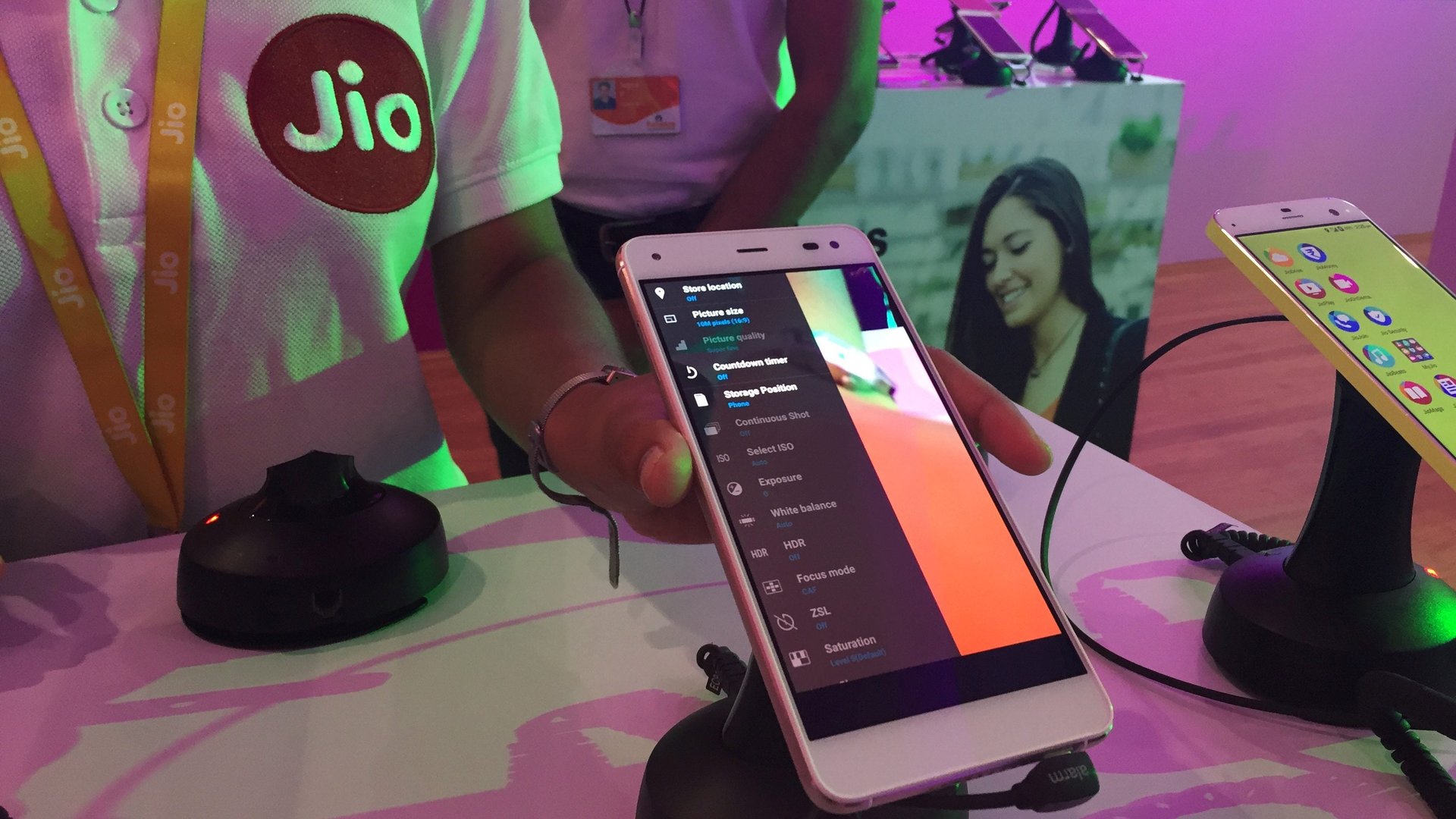The winner of India’s fierce mobile war is Mukesh Ambani’s feature phone
Besides riding Jio’s success to win the telecom war, there’s another chart that Reliance Industries is topping.


Besides riding Jio’s success to win the telecom war, there’s another chart that Reliance Industries is topping.
The Mukesh Ambani-led company’s feature phone, LYF, became India’s most popular mobile handset brand in January 2018, accounting for 27% of the overall shipments, according to data from market intelligence firm CyberMedia Research (CMR).
Meanwhile, Samsung, once a market leader, lost its pole position and had a mere 12% share of all phones sold during the month. After reigning supreme for years, Samsung’s India market share began its downward slide towards the end of 2017 as new handset makers entered the fray.
The main reason for LYF’s increased popularity is that it serves the biggest market segment: feature phones. Most Indians (72%) are still buying these handsets, compared to the 28% going for smartphones, CMR found. “These results underline the importance and dominance of the feature phones market segment in India,” said Prabhu Ram, head of the industry intelligence group at CMR.
Feature phone shipments climbed up 116% year-over-year in January. And LYF’s market share of the category was over 37%. Itel, owned by China-based Transsion Holdings, was a distant second, followed by South Korea’s Samsung.
“If LYF is able to maintain its strong performance through the remainder of (the) quarter, we believe it is on course to take the top honors in 1Q 2018,” Ram added, suggesting that LYF is on track to lead total phone shipments this quarter.
Meanwhile, Samsung’s fall wasn’t just a casualty of Reliance’s growing popularity. It is no longer king in smartphones either. Recently, eight-year-old Chinese brand Xiaomi took the lead in the world’s second-largest smartphone market and now holds a 27% market share, while Samsung trailed at 25%.
Now, closing this gap in total shipments could prove a herculean task. Samsung “would need to increase its shipments in the rest of 1Q 2018 by at least 25-30%” to restore its lead, CMR’s Ram said, adding that the brand needs to focus more on the entry-level smartphone segment, and consider “(introducing) 4G feature phones, joining AndroidGo, as well as handset bundling with telcos.”